For those new to gardening, container gardening is a great place to start because it provides a special and transforming experience.
Container gardening provides more control over soil quality, watering, and pest management, making it perfect for urban dwellers or those with limited outdoor space. It also saves space.
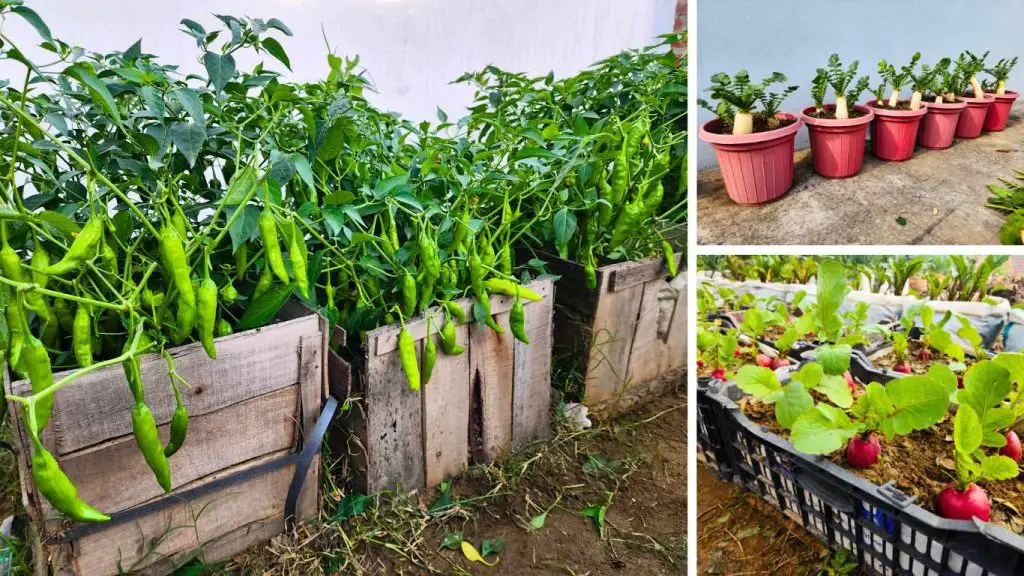
For people who have mobility issues or would rather not spend a lot of time in the soil, container gardening provides accessibility by eliminating the need for extended periods of time spent in the ground.
Beginners can learn from trial and error by experimenting with plants, soils, and arrangements in container gardening. It thrives indoors or in colder climates year-round, extending the gardening season.
Container gardening is a great way for beginners to explore their love of plants and let their creativity run wild. It’s a low-risk, high-reward way to get started in the gardening world.
Container Selection: Selecting Containers That Have Adequate Drainage
The success of your container garden depends on your choice of containers. Here are some crucial things to remember:
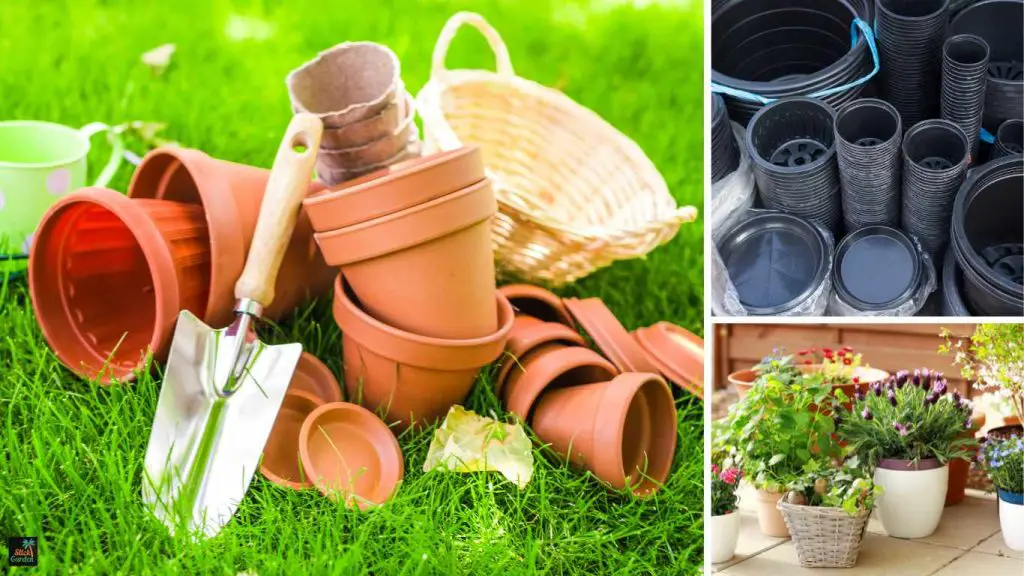
To avoid water retention and root rot, select containers with bottom drainage holes, or drill them if none are present.
Place containers on saucers or trays to catch excess water to avoid drips onto surfaces.
Ground-level elevated containers should be raised marginally to allow for adequate drainage and to avoid waterlogging, particularly after prolonged downpours.
Plant requirements differ, so select containers that meet their particular requirements. For growth space, select containers that are twice as wide as the root ball of the plant.
Because lightweight materials are easier to handle, take the container’s weight into consideration. With effective use, vertical gardening solutions such as wall-mounted containers or hanging baskets can accommodate plant growth in constrained areas.
A successful container gardening experience is ensured by choosing containers with the right drainage, size, and depth, which creates an ideal environment for plants to thrive in.
Soil Preparation:
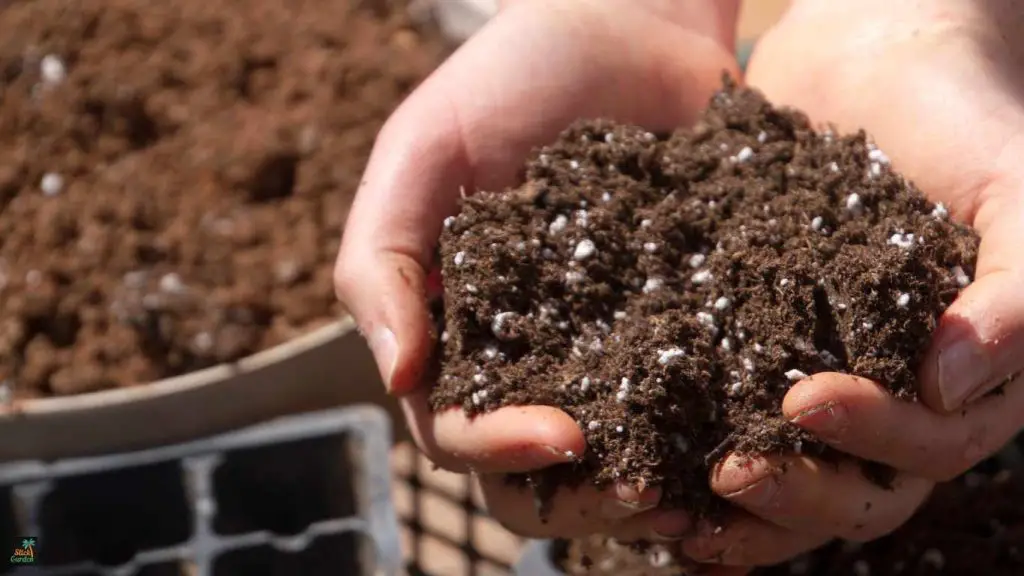
For your container garden to be successful, the soil must be prepared. Here’s why using appropriate drainage materials and premium potting mix is crucial:
A premium, well-balanced medium for container plants, potting mix is a blend of organic matter, perlite, and vermiculite that provides vital nutrients for strong growth and optimal plant health.
High-quality potting mixes ensure plants receive enough moisture without running the risk of root rot or suffocation because they are well-draining and aerated, which prevents waterlogging and lets oxygen reach roots.
The pH balance of potting mixes is important for soil health and nutrient uptake in a variety of plants. In order to reduce the spread of soil-borne illnesses and weed seeds, they are sterilized.
This lessens the need for chemical pesticides and herbicides and fosters a more sustainable and healthy gardening environment.
Perlite, gravel, and coarse sand are examples of drainage materials that enhance drainage in containers, preventing waterlogging and fostering root health.
This keeps roots from rotting and suffocating, which improves their ability to take up oxygen and absorb nutrients. Furthermore, drainage enhances the structure of the potting mix, encouraging rapid growth.
Ensuring optimal growth conditions for your container plants requires the use of high-quality potting mix and appropriate drainage materials.
Related Posts:
- How To Make Potting Soil At Home For Container Gardening
- How To Improve The Fertility Of The Potting Soil Cheaply?
Plant Selection:
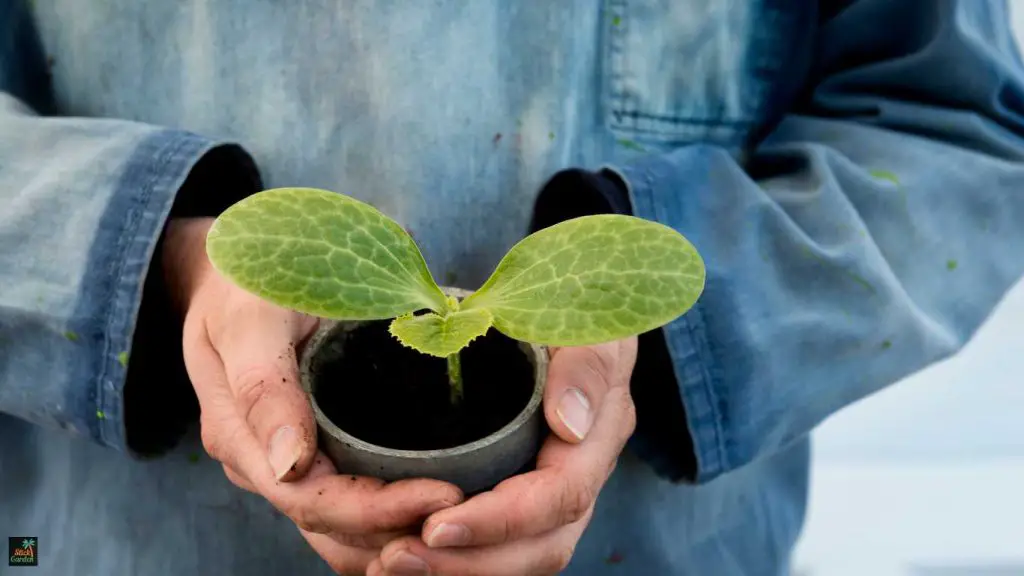
When choosing plants for your container garden, it’s important to take into account both the plants’ compatibility with the available sunlight and the container’s suitability.
To ensure successful container gardening, choose plants that are suitable for the container size and shape, such as herbs, flowers, vegetables, and ornamental plants.
Consider root depth for shallow-rooted plants and choose plants suitable for your climate and growing environment, including temperature, humidity, and frost tolerance.
Take into account the sunlight conditions in your area, whether it is full sun, partial shade, or full shade, to ensure the best gardening results. Select plants that do well in these light levels, such as shade-tolerant plants like ferns, host as, impatiens, and coleus, and adaptable plants that do well in a variety of light conditions. Sun-loving plants include tomatoes, peppers, basil, and petunias.
A visually appealing and abundant container garden can be achieved by carefully choosing plants for the containers and matching them with sunlight conditions.
Related Posts:
- 20 Best Vegetables To Grow In Buckets
- 15 Vegetables That Thrive In Container Gardens
- Recycled Container Vegetable Gardening
Watering Techniques:
Developing your watering skills is crucial to keeping your container garden healthy. Here’s how to make sure your plants are getting enough water:
It’s essential to regularly water plants to avoid under- or overwatering them. A schedule should be created taking into account the type of plant, the size of the container, and the surrounding circumstances.
Put your finger inside the first knuckle to check the moisture content of the soil on a regular basis. Make adjustments for seasonal variations in humidity and temperature.
Avoiding watering in the evening can encourage fungal diseases, but watering in the morning allows plants to absorb moisture before the heat evaporates.
Recall to modify watering schedules according to the type of plant, size of container, and surrounding circumstances.
Look for visual cues such as drooping or wilting leaves, browning or yellowing foliage, or overwatering to determine whether your plants need water.
To determine soil moisture levels and modify watering schedules, use a soil moisture meter. Since dry soil is lighter than wet soil, raise the container to determine its weight. But in order to determine soil moisture levels based on weight with accuracy, this method necessitates experience.
You can guarantee that your container plants receive the appropriate amount of water to grow and thrive by learning how to water them properly and monitoring soil moisture levels on a regular basis.
Fertilizing Practices:
For container plants to remain vigorous and productive, fertilization is necessary.
For container plants to grow and develop healthily, regular fertilization is essential because it replenishes vital nutrients in the potting mix. In edible plants, it encourages rapid growth, profusion of blooms, and increased yields.
Fertilizers high in phosphorus promote perpetual blooming, and well-fed plants are more resilient to environmental stresses such as heat, drought, pests, and diseases. Additionally, fertilization fortifies a plant’s defenses, increasing its resilience and decreasing its susceptibility to harm.
Related Posts:
- Double The Yield Of Tomatoes, Cucumbers And Other Vegetables. Just Give Them This Drink
- How To Make Compost Tea At Home?
- 15 Simple And Inexpensive Homemade Fertilizers
Sunlight:
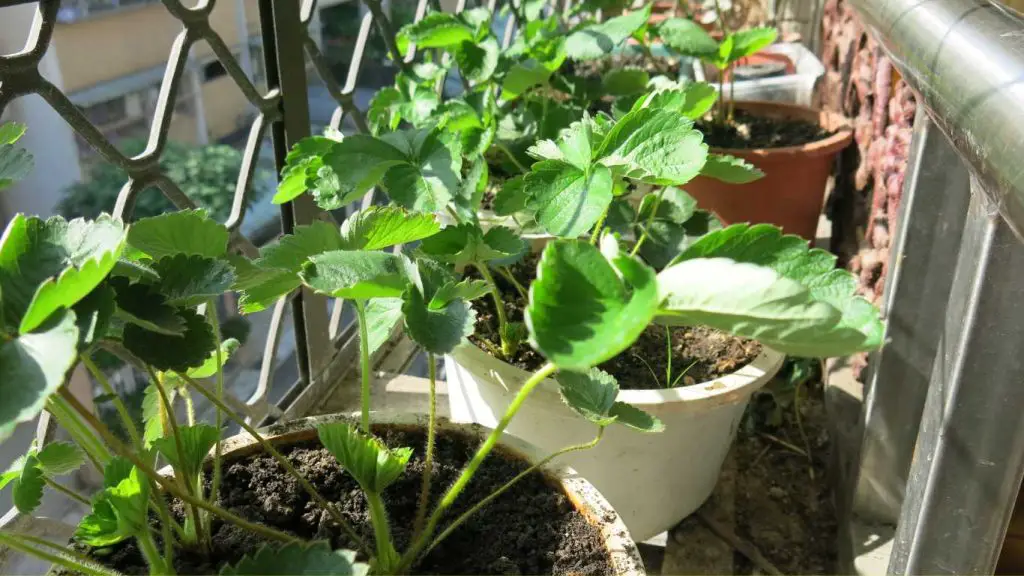
Photosynthesis, the process by which plants produce food by converting carbon dioxide and water into glucose and oxygen, depends on sunlight to function.
This process releases oxygen as a byproduct, which is beneficial to other living things, and provides energy for the metabolic processes of plants.
Sunlight affects many aspects of plant growth and development, including flowering, stem elongation, leaf expansion, and seed germination. In addition, it controls temperature to promote optimal metabolic activity, synchronizes circadian rhythms—internal clocks that react to light and darkness—and influences coloration through pigment synthesis.
Pest and Disease Management:
Of course! Effective management of pests and diseases is crucial for container gardening, particularly for novices. The following advice will help you effectively manage diseases and pests.
Start with healthy plants from reliable suppliers, select the appropriate containers and soil, practice good hygiene, and keep an eye out for pests and diseases on your plants on a regular basis to guarantee a successful container gardening experience.
Make use of beneficial insects, insecticidal soaps, and handpicking as organic pest control techniques. Plant rotation can help prevent pest accumulation.
Water plants from the base up, trying to avoid wetting the foliage. Use organic mulch to keep the soil moist and keep pests away. To increase biodiversity, think about planting companion plants.
To take preventive measures, educate yourself about local diseases and pest infestations. You can have a successful container gardening experience by adhering to these guidelines.
Maintenance:
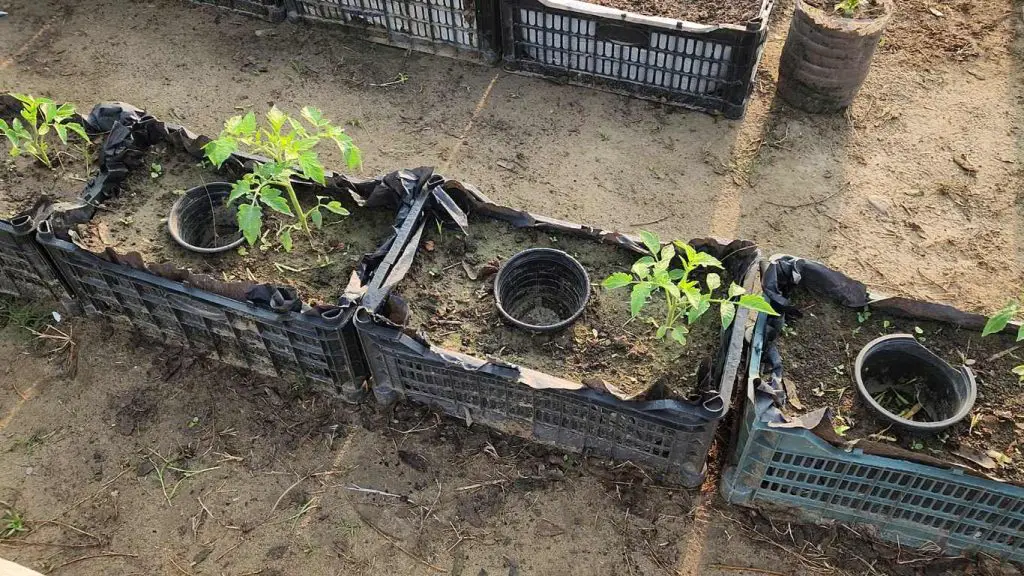
For container gardening, this user-friendly guide on pruning and deadheading is crucial to having plants that are robust, well-groomed, and abundant when they bloom.
Plants that need to be pruned differently may need to be trimmed frequently or infrequently in order to keep their shape. Invest in good pruning tools and make sure to clean and sanitize them frequently.
Check plants often for dead or diseased growth, thin out crowded areas to allow air to circulate, and pinch or prune back stem tips to stimulate bushier growth. This encourages healthier growth and aids in the prevention of fungal diseases.
The act of eliminating spent flowers from plants in order to promote ongoing blooming and inhibit seed production is known as deadheading. It enhances the appearance of containers and is a common gardening practice, particularly for flowering plants.
Frequent deadheading keeps plants from becoming untidy or straggly by ensuring a constant show of blooms throughout the growing season.
Mulching:
In container gardening, mulching is the process of covering soil with either organic or inorganic materials to improve the soil and plants.
Mulch aids in moisture retention, weed control, temperature regulation, soil health promotion, and erosion prevention in containers.
It functions as insulation, lessens evaporation, and lessens weed competition. Organic mulches improve the fertility and health of the soil. Additionally, mulch shields plant roots from severe winds and rain.
Companion Planting:
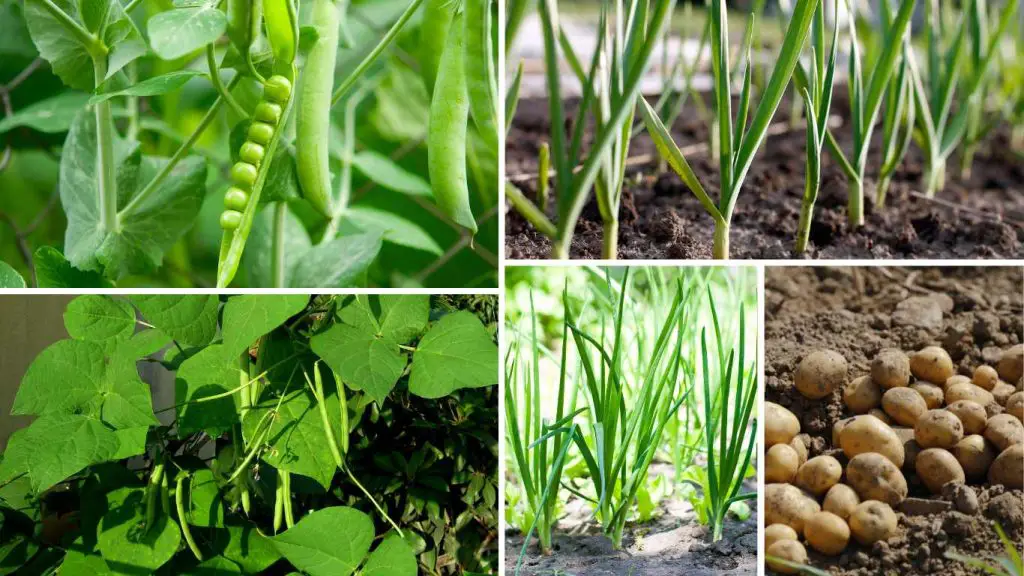
In container gardening, companion planting refers to the deliberate pairing of similar plant species in order to promote growth and health, with various advantages and concepts.
In container gardens, companion planting improves soil fertility, suppresses pests, and makes the most use of available space. In addition to releasing compounds that hinder the growth of pathogens, plants also emit natural compounds and attract beneficial insects. Additionally, they maximize vertical space.
Protection from Extreme Conditions:
For container plants to remain healthy and survive, they must be shielded from harsh environments. The following advice will help you protect your container garden,
Plants grow best in sturdy containers made of sturdy materials; add insulation; provide proper drainage; mulch the soil’s surface; arrange containers carefully; offer shade; and water frequently.
Steer clear of metal containers, use insulation, and place containers where they will receive enough shade and sunlight.
Avoiding Overcrowding:
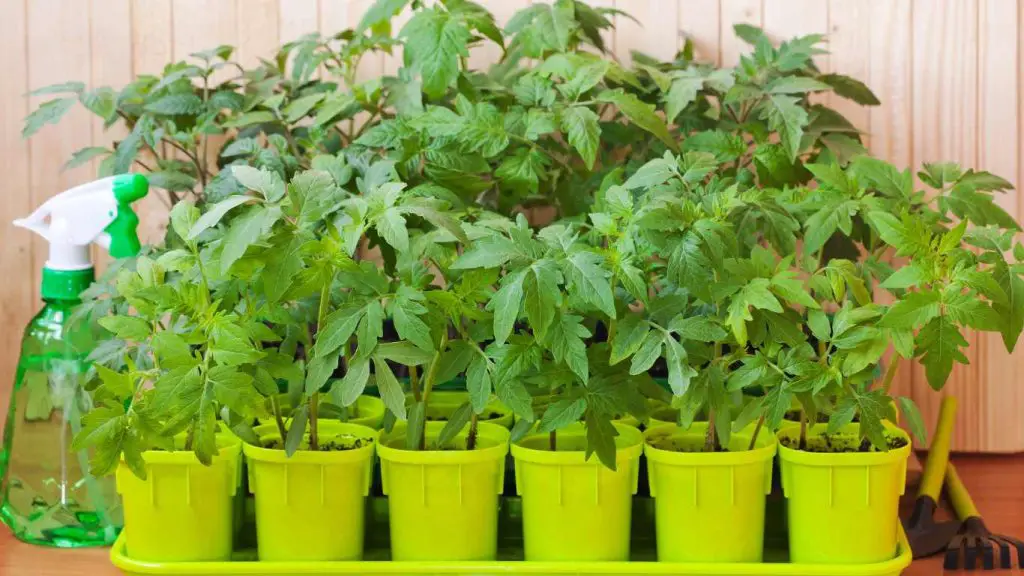
Plant productivity and health in container gardening greatly depend on avoiding overcrowding. Here are some pointers to make sure you do this correctly.
Select containers that can hold mature plants, adhere to spacing recommendations, set a cap on the number of plants, thin and prune overcrowded plants, rotate crops to avoid nutrient depletion and overcrowding, and consider companion planting principles in order to ensure optimal plant growth.
To maximize space and reduce overcrowding, choose plants that are well-spaced and have plenty of room for growth; remove any extra leaves or fruit; rotate crops to preserve soil fertility; and pair compatible plant species together.
Wind Protection:
In container gardening, wind protection is essential, especially for fragile plants. Here are some tips for shielding your container garden from high winds.
Use windbreaks, group containers, stake tall plants, pick wind-resistant plants, use weighted containers, apply mulch, and prune sparingly to keep wind from damaging your container garden.
Utilize windbreaks, group containers, and stake tall plants, select wind-resistant plants, use weighted containers, place containers in naturally sheltered areas, apply mulch, and prune plants on a regular basis.
In addition to saving space and improving accessibility, container gardening is rewarding and enjoyable for gardeners. Gardeners can create outdoor spaces that are a reflection of their individuality and style thanks to their promotion of creativity and self-expression.
A calm diversion from everyday life, container gardening offers a healing and reassuring connection to the natural world while enabling people to appreciate the beauty and growth of plants.
